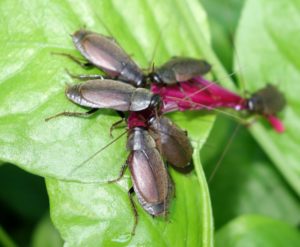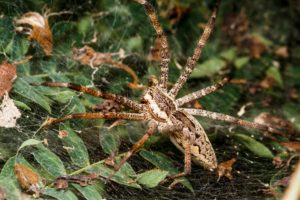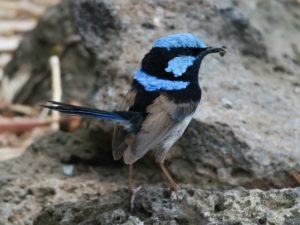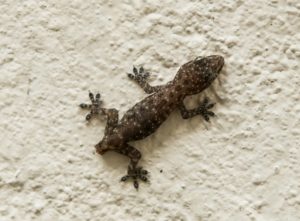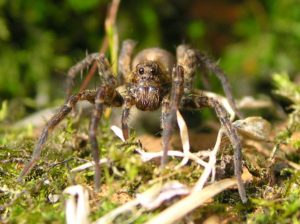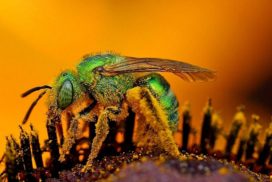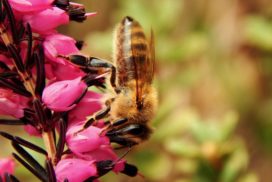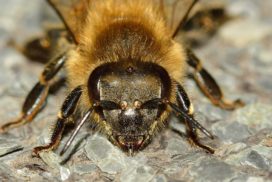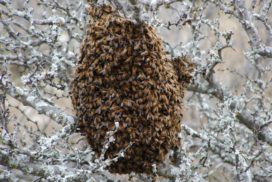HOW IS A HONEYCOMB ABLE TO SUPPORT THE WEIGHT OF HONEY WITHOUT TEARING?
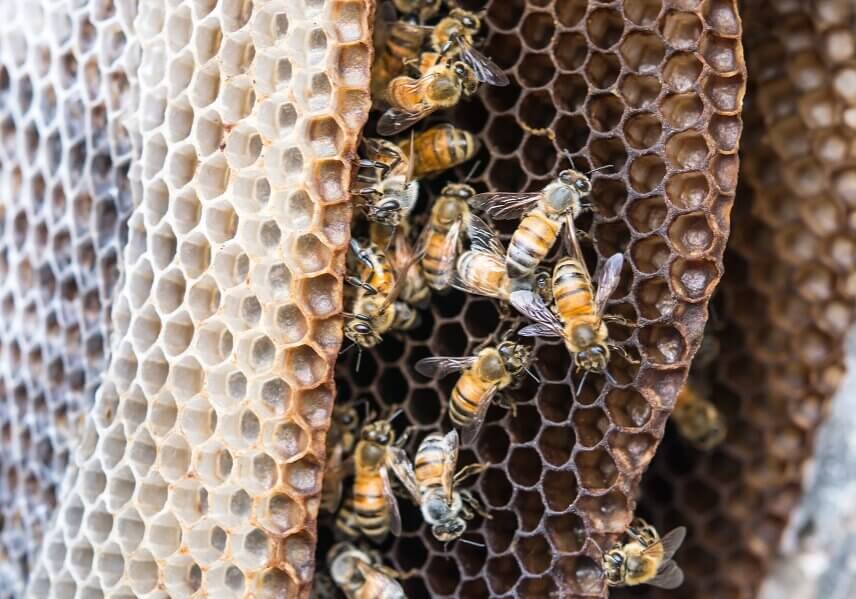
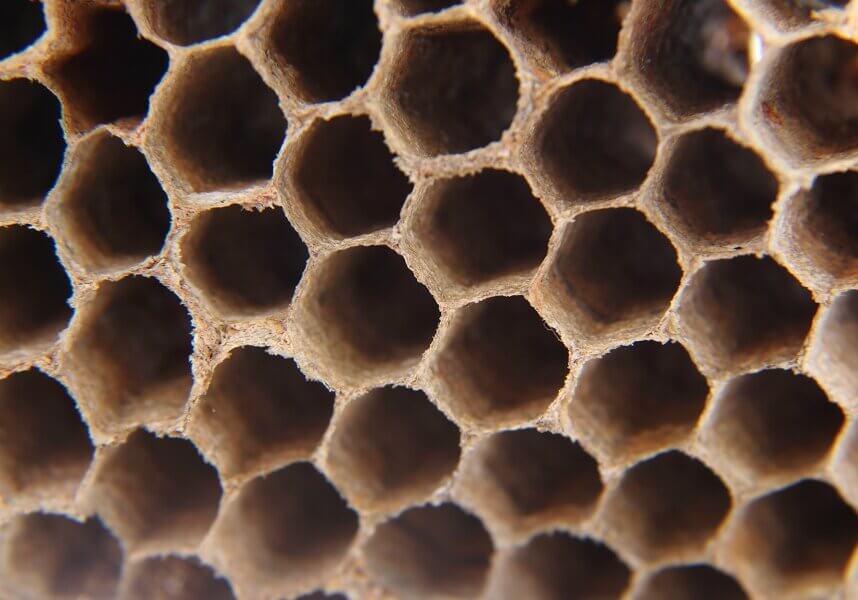
The honeycomb cells have a hexagonal shape, which allows the thin membranes made of wax to hold honey up to 30 times the weight of the honeycomb. The walls of six-sided cells are fragile—1/3 of mm (approximately 1/80 of an inch), but when linked together, the pattern makes the honeycomb much stronger than it would have been if structured in any other shape.
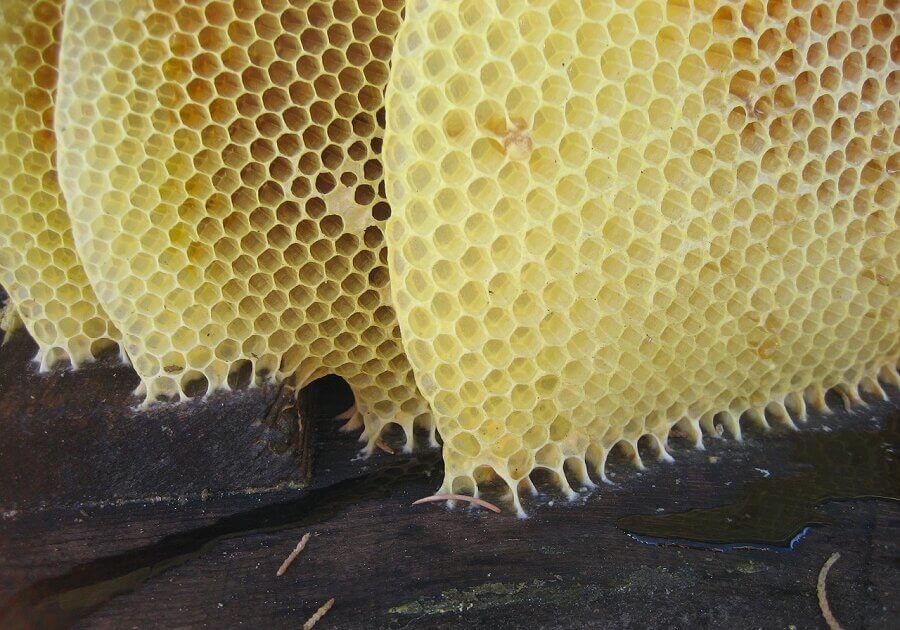
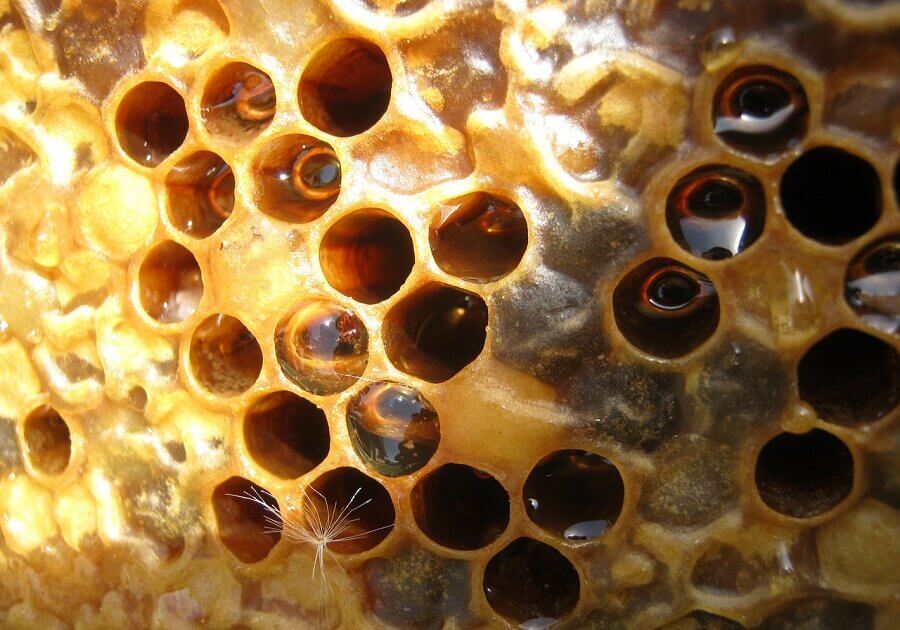
The structure beautiful and at the same time enables bees to use beeswax economically since it is expensive to produce. A work bee produces 1/12 of a teaspoonful of honey in its lifetime, and bees visit approximately 2,000 flowers to make 0.45kg (one pound) of honey. A honeybee, according to the book By Nature’s Design: An Exploratorium Book (Exploratorium Book Series) by Pat Murphy, needs 16g (1/2 ounce) of honey to make 1g (1/32 ounce) of beeswax.
Recent posts
Join us on social media or subscribe!
Sign up to receive our articles in your inbox!
Enter your name and email address below to subscribe.
